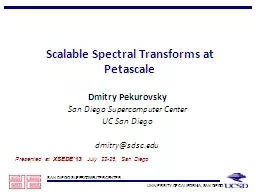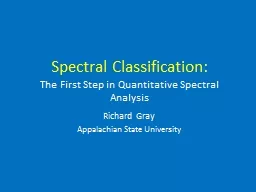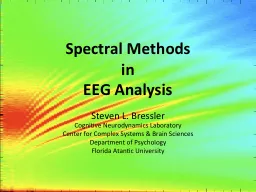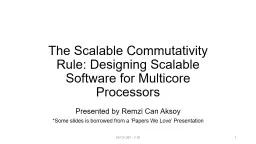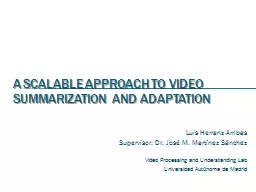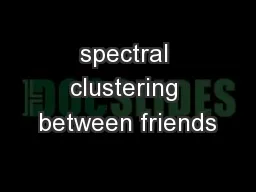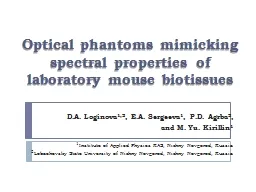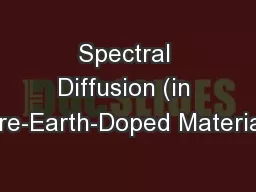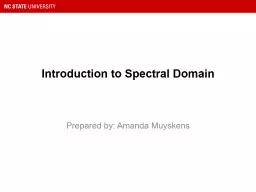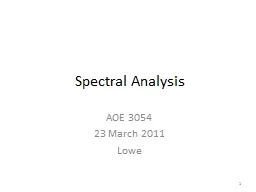PPT-Scalable Spectral Transforms at
Author : karlyn-bohler | Published Date : 2018-11-10
Petascale Dmitry Pekurovsky San Diego Supercomputer Center UC San Diego dmitrysdscedu Presented at XSEDE13 July 2225 San Diego Introduction Fast Fourier Transforms
Presentation Embed Code
Download Presentation
Download Presentation The PPT/PDF document "Scalable Spectral Transforms at" is the property of its rightful owner. Permission is granted to download and print the materials on this website for personal, non-commercial use only, and to display it on your personal computer provided you do not modify the materials and that you retain all copyright notices contained in the materials. By downloading content from our website, you accept the terms of this agreement.
Scalable Spectral Transforms at: Transcript
Download Rules Of Document
"Scalable Spectral Transforms at"The content belongs to its owner. You may download and print it for personal use, without modification, and keep all copyright notices. By downloading, you agree to these terms.
Related Documents

